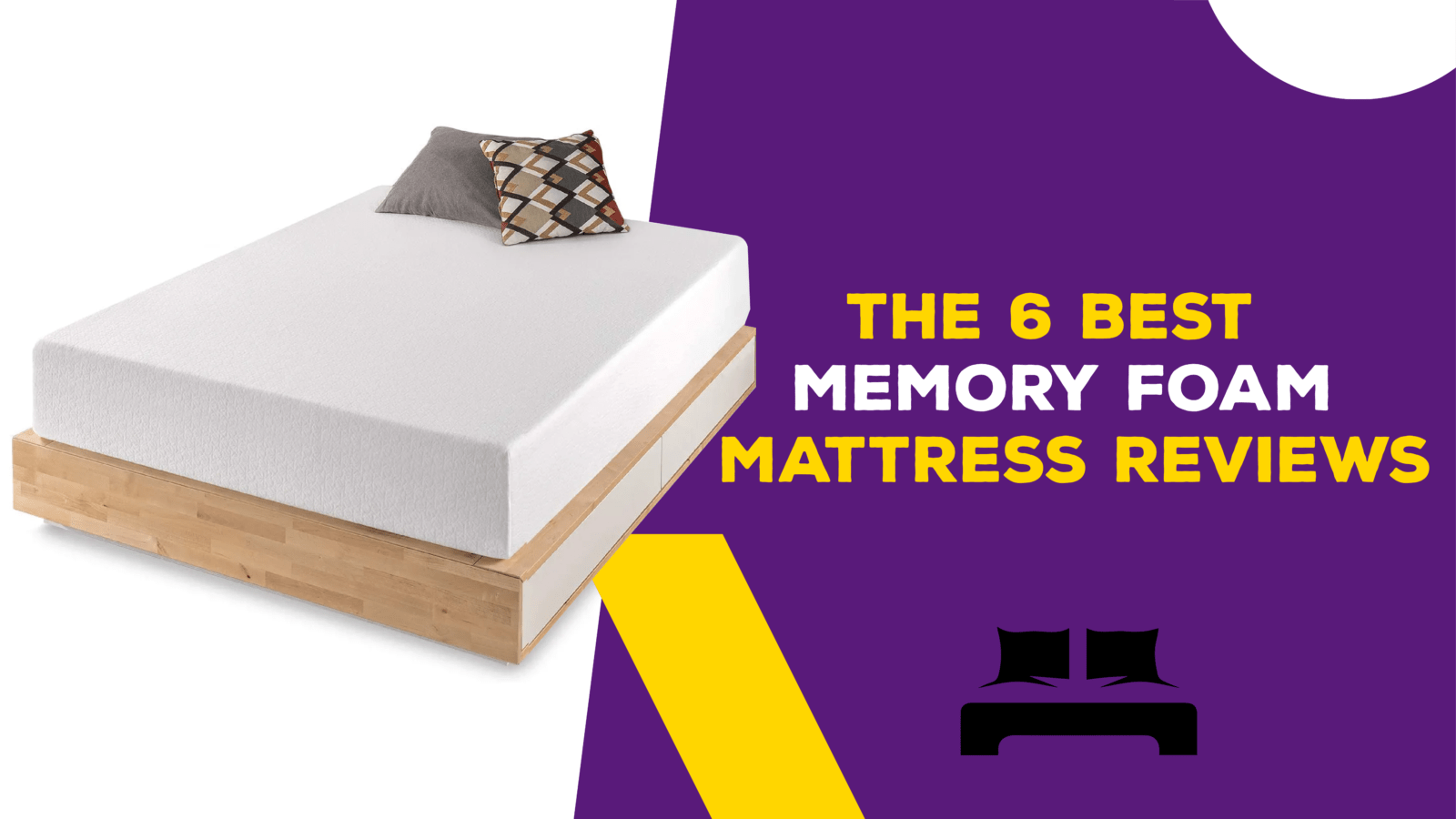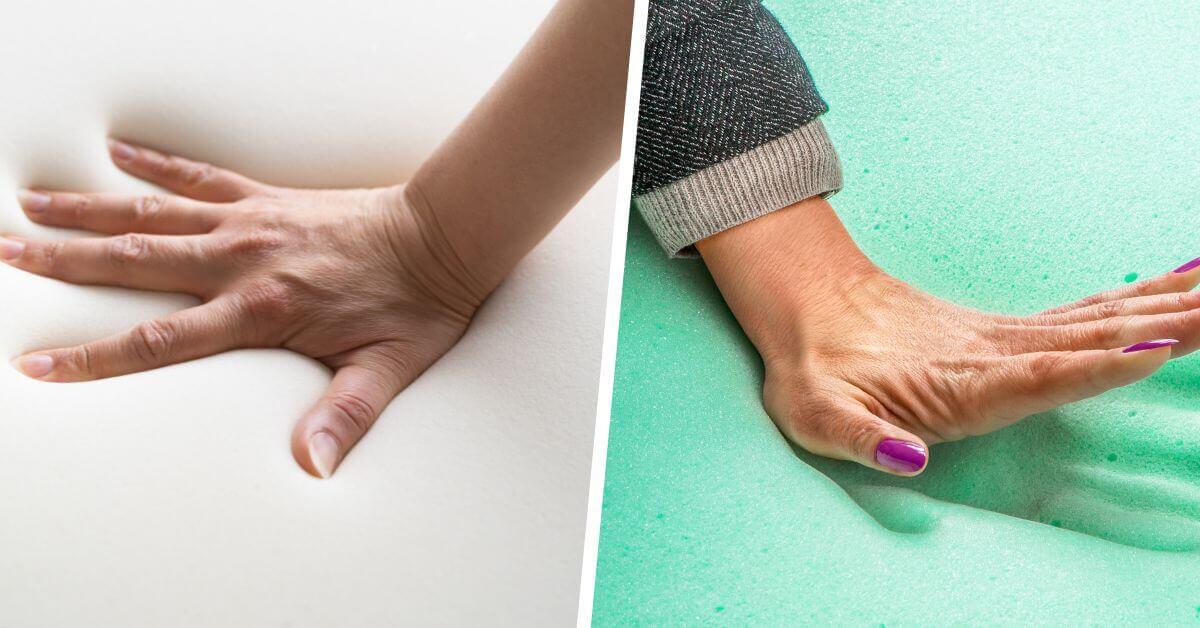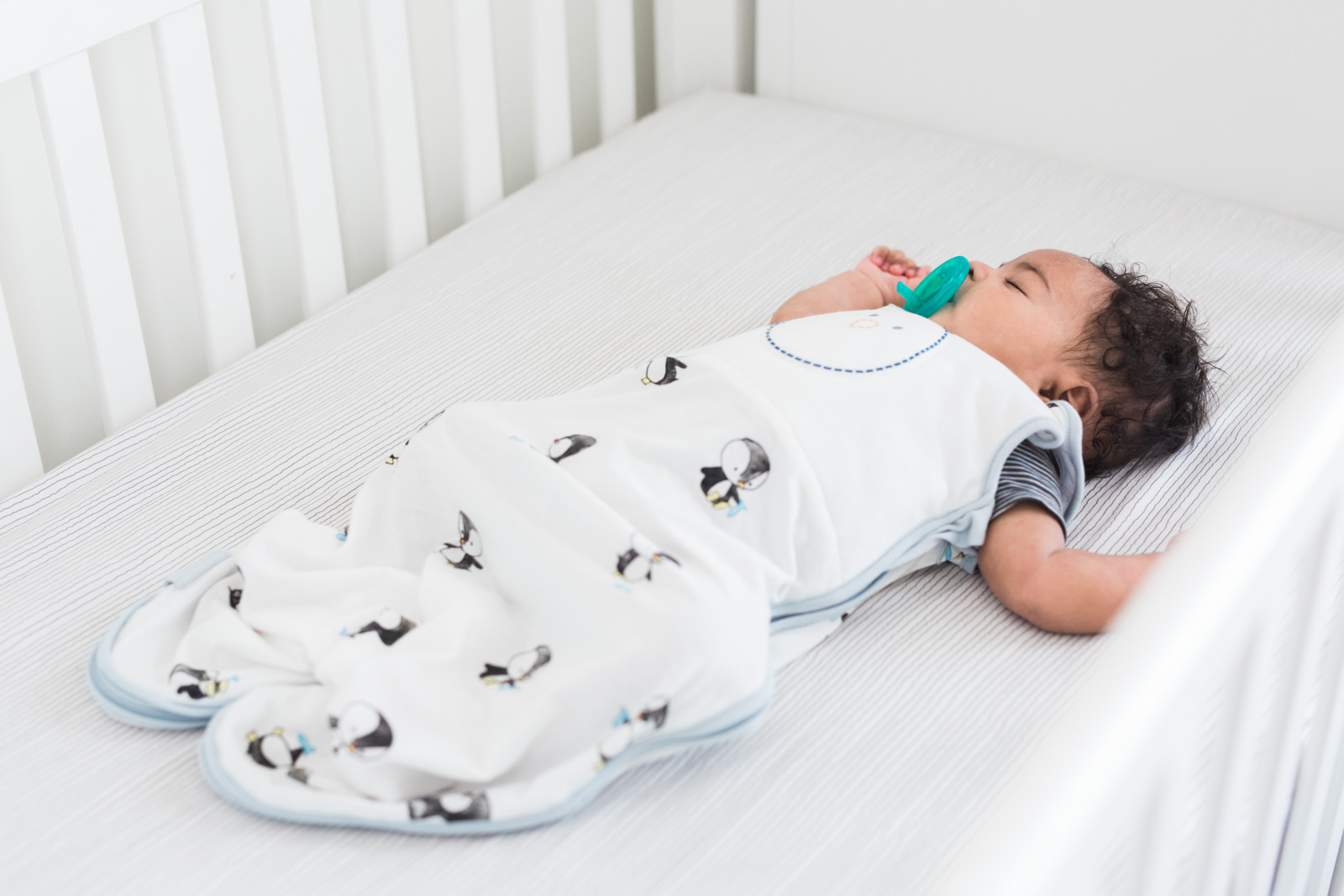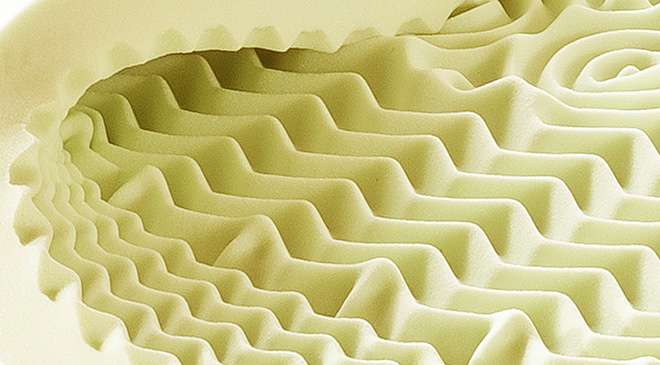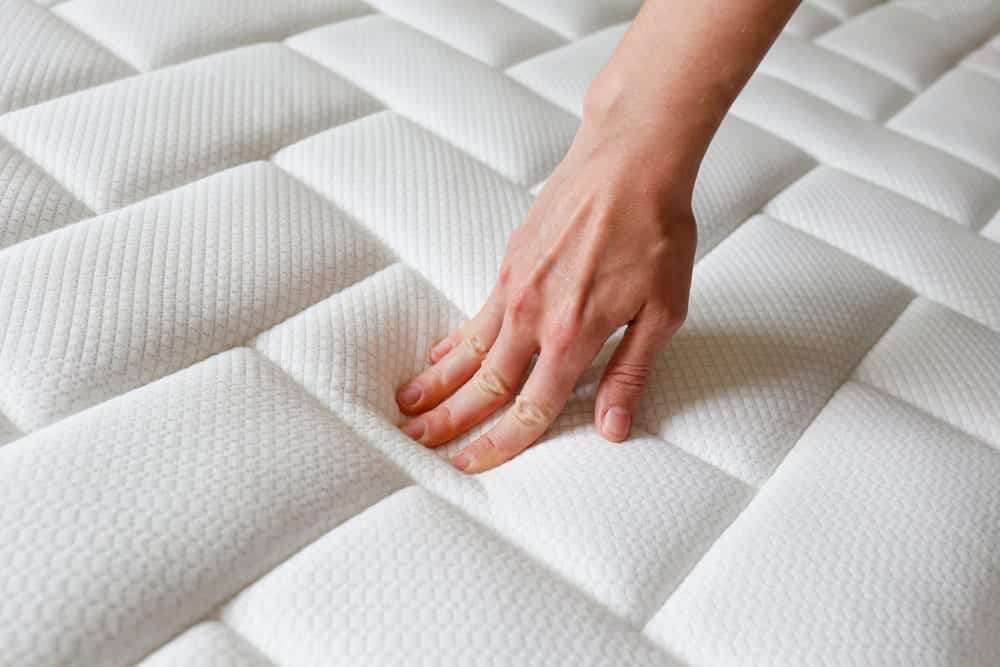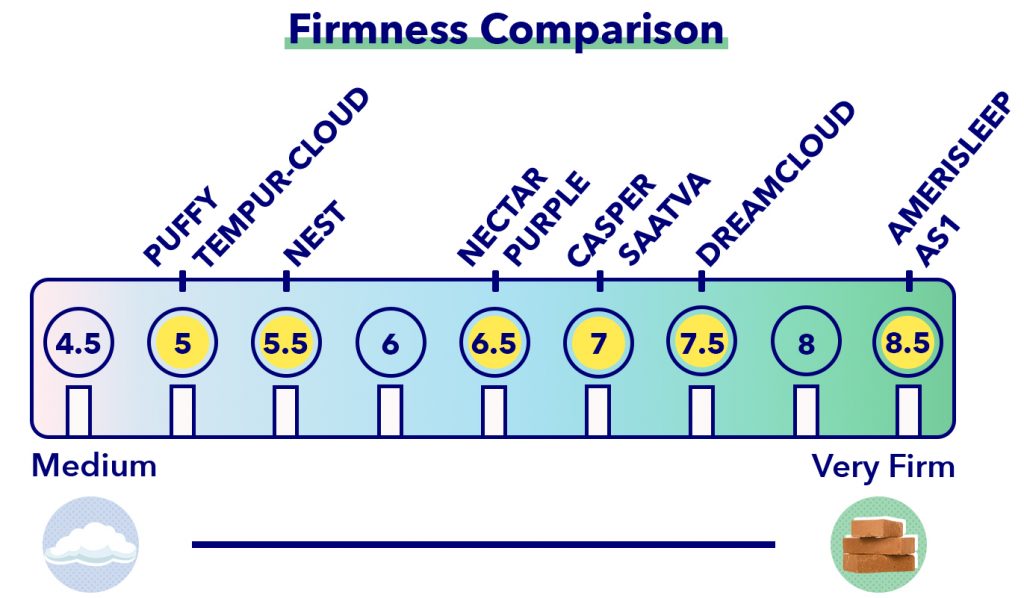Sudden Infant Death Syndrome (SIDS) is a term that strikes fear into the hearts of new parents. It refers to the sudden and unexplained death of an otherwise healthy baby under the age of one. While the exact cause of SIDS is still unknown, research has shown a potential link between memory foam mattresses and an increased risk of SIDS. As a parent, it's important to understand this link and take steps to ensure the safety of your baby while they sleep on a memory foam mattress.Memory Foam Mattress and SIDS: What You Need to Know
Memory foam mattresses have become increasingly popular in recent years due to their ability to contour to the body and provide pressure relief. However, this same feature that makes them comfortable for adults can be dangerous for infants. Memory foam mattresses are made from a type of foam that is very soft and can conform to the shape of a baby's face, potentially causing suffocation or overheating. This is why it's important to take precautions when using a memory foam mattress for your baby's crib.Understanding the Link Between Memory Foam Mattresses and SIDS
If you are considering using a memory foam mattress for your baby's crib, it's essential to choose one that is specifically designed for infants. Look for a mattress that is labeled as "breathable" or "air-permeable" as these types of mattresses allow for better air circulation and reduce the risk of suffocation. It's also important to choose a mattress that is firm and flat, as this will help prevent your baby's face from sinking into the foam and potentially causing suffocation.How to Choose a Safe Memory Foam Mattress for Your Baby
There have been many claims and rumors about the safety of memory foam mattresses and their link to SIDS. However, it's important to separate fact from fiction. While there is a potential risk, there is no conclusive evidence that memory foam mattresses directly cause SIDS. The American Academy of Pediatrics recommends placing babies on their backs to sleep on a firm, flat surface, and this applies to memory foam mattresses as well. By taking the necessary precautions and following safe sleeping practices, the risk of SIDS can be greatly reduced.Memory Foam Mattresses and SIDS: Separating Fact from Fiction
In addition to choosing a safe memory foam mattress for your baby's crib, there are other steps you can take to ensure their safety while they sleep. Avoid using soft bedding, such as blankets or pillows, as these can increase the risk of suffocation. Keep the room at a comfortable temperature and dress your baby appropriately to avoid overheating. It's also important to regularly check on your baby while they sleep to make sure they are in a safe position and not at risk of suffocation.Safe Sleeping Tips for Babies on Memory Foam Mattresses
Despite the potential risks, memory foam mattresses can have some benefits for babies when used correctly. The pressure-relieving properties can be beneficial for babies who are prone to developing flat spots on their heads. Additionally, the firmness of memory foam mattresses can help promote proper spine alignment and support healthy development. By choosing a safe memory foam mattress and following safe sleeping practices, you can reap these benefits while also reducing the risk of SIDS for your baby.The Benefits of Memory Foam Mattresses for Babies and SIDS Prevention
When it comes to choosing a mattress for your baby's crib, there are many options available. Traditional crib mattresses, typically made of innerspring or foam, have been the standard for many years. However, memory foam mattresses have gained popularity in recent years. When it comes to safety, both types of mattresses can be safe for babies as long as they meet the necessary criteria. The key is to choose a firm, flat, and breathable mattress, regardless of the material it is made from.Memory Foam Mattresses vs. Traditional Crib Mattresses: Which is Safer for Your Baby?
Proper care and maintenance of your baby's memory foam mattress can help ensure its safety and longevity. To prevent the buildup of bacteria and allergens, it's important to regularly clean and air out the mattress. Use a waterproof cover to protect against spills and accidents, and wash it regularly. Avoid using harsh chemicals on the mattress as they can break down the foam and potentially harm your baby. By taking these simple steps, you can keep your baby's memory foam mattress clean and safe for their use.How to Properly Care for and Maintain Your Baby's Memory Foam Mattress
When it comes to choosing a memory foam mattress for your baby, one of the most important factors to consider is firmness. As mentioned before, a firm and flat surface is crucial for preventing suffocation and promoting safe sleep. Memory foam mattresses come in a range of firmness levels, so be sure to choose one that is specifically designed for infants. If the mattress feels too soft, it is not suitable for your baby's crib and should not be used.Understanding the Role of Firmness in Memory Foam Mattresses and SIDS Prevention
Lastly, it's important to choose the right size memory foam mattress for your baby's crib. The mattress should fit snugly into the crib with no gaps or spaces around the edges. This will prevent your baby from getting stuck or trapped between the mattress and the crib, reducing the risk of suffocation. Always follow the manufacturer's recommendations for the appropriate size mattress for your specific crib model.Choosing the Right Size Memory Foam Mattress for Your Baby's Crib
The Benefits of a Memory Foam Mattress for SIDS Prevention

Understanding SIDS
 Sudden Infant Death Syndrome, or SIDS, is a parent's worst nightmare. This unexplained death of an otherwise healthy baby usually occurs during sleep. While the exact cause is still unknown, there are many theories and risk factors associated with SIDS. Some of these risk factors include sleeping on the stomach or side, exposure to tobacco smoke, and an overheated sleep environment. As a parent, it can be overwhelming trying to ensure that your baby is safe and comfortable while sleeping. This is where a
memory foam mattress
comes in.
Sudden Infant Death Syndrome, or SIDS, is a parent's worst nightmare. This unexplained death of an otherwise healthy baby usually occurs during sleep. While the exact cause is still unknown, there are many theories and risk factors associated with SIDS. Some of these risk factors include sleeping on the stomach or side, exposure to tobacco smoke, and an overheated sleep environment. As a parent, it can be overwhelming trying to ensure that your baby is safe and comfortable while sleeping. This is where a
memory foam mattress
comes in.
The Role of a Mattress in SIDS Prevention
 Believe it or not, your baby's mattress can play a significant role in preventing SIDS. The American Academy of Pediatrics recommends that infants sleep on a firm and flat surface to reduce the risk of SIDS. This is where a
memory foam mattress
shines. Its firm and supportive structure provides a safe sleeping surface for your baby, reducing the risk of suffocation or rebreathing of carbon dioxide.
Believe it or not, your baby's mattress can play a significant role in preventing SIDS. The American Academy of Pediatrics recommends that infants sleep on a firm and flat surface to reduce the risk of SIDS. This is where a
memory foam mattress
shines. Its firm and supportive structure provides a safe sleeping surface for your baby, reducing the risk of suffocation or rebreathing of carbon dioxide.
The Comfort Factor
 Aside from its safety features, a
memory foam mattress
also offers comfort and support for your baby's developing body. This type of mattress conforms to your baby's body, providing gentle support and relieving pressure points. This is especially important for infants who spend a majority of their time sleeping. A comfortable and supportive mattress can promote better sleep, allowing your baby to rest well and wake up refreshed.
Aside from its safety features, a
memory foam mattress
also offers comfort and support for your baby's developing body. This type of mattress conforms to your baby's body, providing gentle support and relieving pressure points. This is especially important for infants who spend a majority of their time sleeping. A comfortable and supportive mattress can promote better sleep, allowing your baby to rest well and wake up refreshed.
Hypoallergenic and Easy to Clean
 Babies have sensitive skin and can be prone to allergies. A
memory foam mattress
is made from hypoallergenic materials, making it safe for your baby to sleep on. It also has a dense structure, which prevents the buildup of dust mites and other allergens. Additionally,
memory foam mattresses
are easy to clean, as they do not have any crevices or spaces where dirt and bacteria can accumulate.
Babies have sensitive skin and can be prone to allergies. A
memory foam mattress
is made from hypoallergenic materials, making it safe for your baby to sleep on. It also has a dense structure, which prevents the buildup of dust mites and other allergens. Additionally,
memory foam mattresses
are easy to clean, as they do not have any crevices or spaces where dirt and bacteria can accumulate.
The Bottom Line
 While there is no guaranteed way to prevent SIDS, taking precautions and creating a safe sleeping environment for your baby can significantly reduce the risk. Investing in a
memory foam mattress
for your baby's crib can provide a firm and comfortable surface, promoting better sleep and reducing the risk of SIDS. So, give your baby the gift of a good night's sleep with a
memory foam mattress
.
While there is no guaranteed way to prevent SIDS, taking precautions and creating a safe sleeping environment for your baby can significantly reduce the risk. Investing in a
memory foam mattress
for your baby's crib can provide a firm and comfortable surface, promoting better sleep and reducing the risk of SIDS. So, give your baby the gift of a good night's sleep with a
memory foam mattress
.







